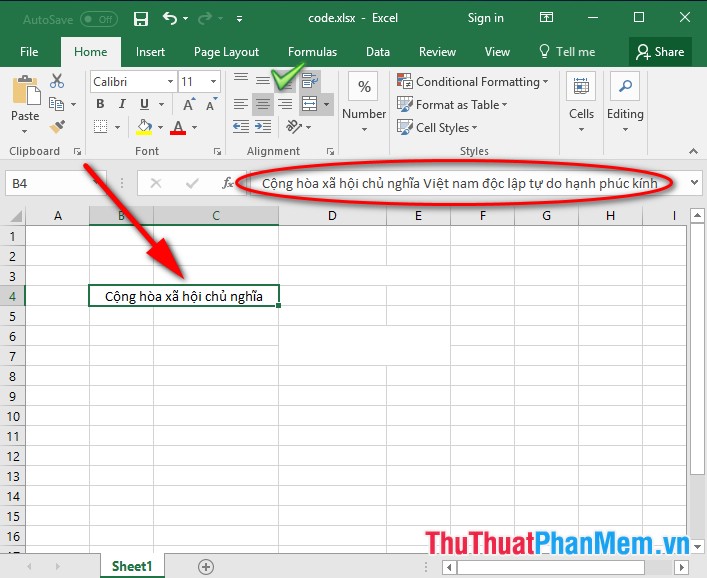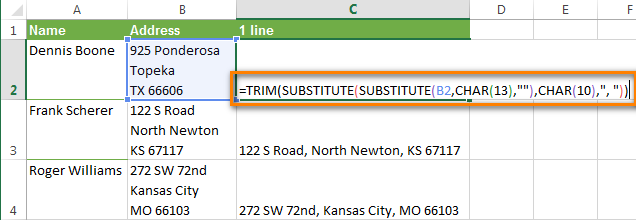

For example, suppose we want to add a line break after the second “m” in cell A3.įor this, we have to double click the cell A3 and bring the cursor after the second “m,” then press Alt+Enter. Similarly, we can insert line breaks in any cell. So, we double-click the cell and bring the cursor (after “a”) where we want the line break and press “ALT+ENTER.” Then we get a result. In this example, we want the line break in cell A5. This will automatically set Wrap Text ON for the cell. Press Alt + Enter ( Ctrl + Option + Enter for Mac). Here, we have a simple keyboard shortcut to add line breaks in any cell in Excel. this will add a line break to the right of the cursor. After this, use the keyboard shortcut ALT + ENTER. Here, we have two methods to add line breaks in Excel.įor this, double click the cell and then bring the cursor where you want to insert the line break.
#Line feed in excel for mac windows
if it’s a Windows –> *Nix transfer, the CR characters will be removed, and if it’s a *Nix –> Windows transfer they will be added.Excel functions, formula, charts, formatting creating excel dashboard & others Methods to Insert Line Breaks If you use the ASCII mode, however, and you peform that same transfer, the CR / LF conversions are done for you, i.e. If a text file is transfered between a *Nix and Windows box (or vice versa) using this mode the symptoms mentioned above will surface. Well, if you use Binary, files are transfered “bit for bit”, or exactly as they are between the source and destination. To start with, if you have ever used one of the more advanced FTP programs you’ve probably noticed the Binary and ASCII options.

The good news is that there are plenty of ways to fix this problem. On the other hand, if you transfer a file from a *Nix machine to a Windows machine in the same way, you’ll end up with a bunch of lines joined together by little boxes where there are supposed to be line breaks (because the lines are lacking the CR character). How this ends up playing out is that if you write a file in Windows and transfer it bit for bit to a *Nix machine, it’ll have extra CR characters that can cause all sorts of havoc.

Both characters are control characters, meaning they’re invisible and meant to keep track of something within an application rather than be interfaced with by the user directly. The Charactersįirst and foremost, let’s establish what the characters are and the differences between them.

Well, hopefully by the end of this you’ll be taken care of once and for all. Does Windows add the extra stuff, or does Linux? What exactly is the extra stuff? How do I get the stuff out? If you’re like I used to be, you always have trouble remembering the difference between how Windows and Linux terminate lines in text files.


 0 kommentar(er)
0 kommentar(er)
